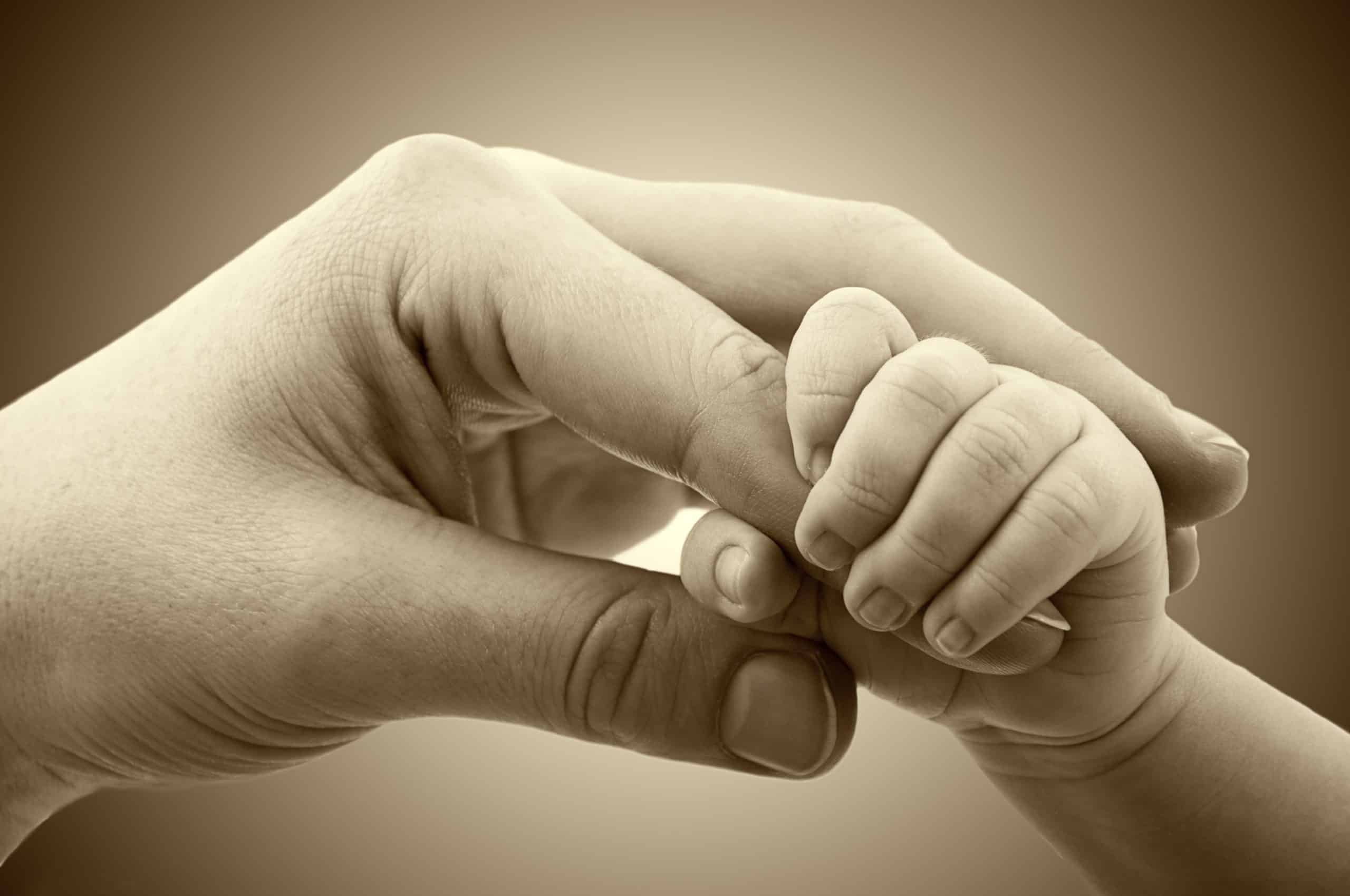Continuing inequalities contribute to wide variation in rates of stillbirths and neonatal deaths across UK
Thursday 14th Sep 2023, 2.14pm

The report highlights persistent inequalities for mothers and babies from ethnic minorities and areas of deprivation which contribute to the wide variation in rates of stillbirths and neonatal deaths across the UK.
The State of the Nation report is a concise overview of perinatal deaths in the UK focusing on five quality of care indicators: perinatal mortality rates in the UK; mortality rates for trusts and health boards; mortality rates by gestational age; mortality rates by ethnicity and deprivation; and a description of the causes of perinatal deaths in the UK.
This report focuses on births from 24 completed weeks of pregnancy with the exception of the mortality rates by gestational age section, which includes information on babies born at 22 and 23 completed weeks of pregnancy. The figures presented in this report do not include terminations of pregnancy.
Key findings from the report are:
• Perinatal mortality rates increased in the UK in 2021 for the first time in seven years. There were 1.53 neonatal deaths per 1,000 live births in 2020, which increased to 1.65 deaths per 1,000 live births in 2021. The number of stillbirths also increased from 3.33 per 1,000 total births in 2020 to 3.54 per 1,000 total births in 2021;
• There was a wide variation in stillbirth and neonatal mortality rates that persisted even when accounting for the different types of care that organisations provide;
• Stillbirth and neonatal mortality rates increased across almost all gestational age groups. Babies born pre-term (before 37 weeks of pregnancy) accounted for 75% of stillbirths and 73% of neonatal deaths;
• Inequalities in mortality rates by deprivation levels remain. There were 4.69 stillbirths per 1,000 total births and 2.15 neonatal deaths per 1,000 live births in the most deprived areas compared with 2.37 stillbirths per 1,000 total births and 1.29 neonatal deaths per 1,000 live births in the least deprived areas;
• Inequalities by ethnicity also remain, there were 7.52 stillbirths per 1,000 total births and 2.94 neonatal deaths per 1,000 live births to Black mothers and 5.15 stillbirths per 1,000 total births and 2.22 neonatal deaths per 1,000 live births to Asian mothers compared with 3.30 stillbirths per 1,000 total births and 1.68 neonatal deaths per 1,000 live births to white mothers;
• The cause of death remains unknown for one third of stillborn babies with a further third being due to placental issues. For neonatal deaths, the most common cause is congenital anomalies, which contribute to one third of all neonatal deaths.
Professor Elizabeth Draper, Professor of Perinatal and Paediatric Epidemiology at the University of Leicester and MBRRACE-UK perinatal lead, said ‘In 2021 the perinatal mortality rate increased in the UK for the first time in seven years. The UK government, Royal Colleges, and Health Commissioners must support rigorous reviews of all stillbirths and neonatal deaths to identify common themes that can improve clinical care and service provision, delivery, and organisation reducing the need for future independent enquiries.’
The report has also recommended that healthcare providers adopt the British Association for Perinatal Medicine Perinatal Optimisation pathway to improve outcomes for pre-term babies, and UK governments and national organisations should continue to develop and implement targeted action at national and organisational levels to reduce inequalities and review perinatal pathology services as a national priority to address the unknown causes of stillbirths and ensure equal access to post-mortem services.
A full confidential enquiry into the deaths of babies born to Black and Asian mothers in the UK will be published in December 2023. The details of the cases presented in the report are strictly confidential but the report will include brief anonymised summaries of the care received by some parents and their babies as illustrative examples.
